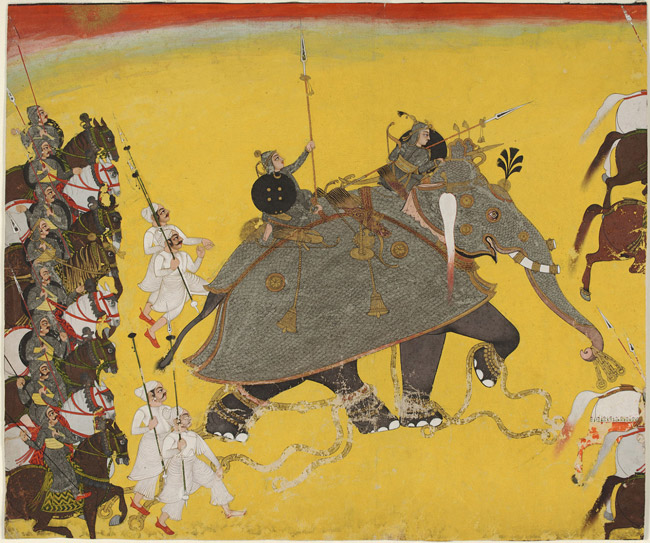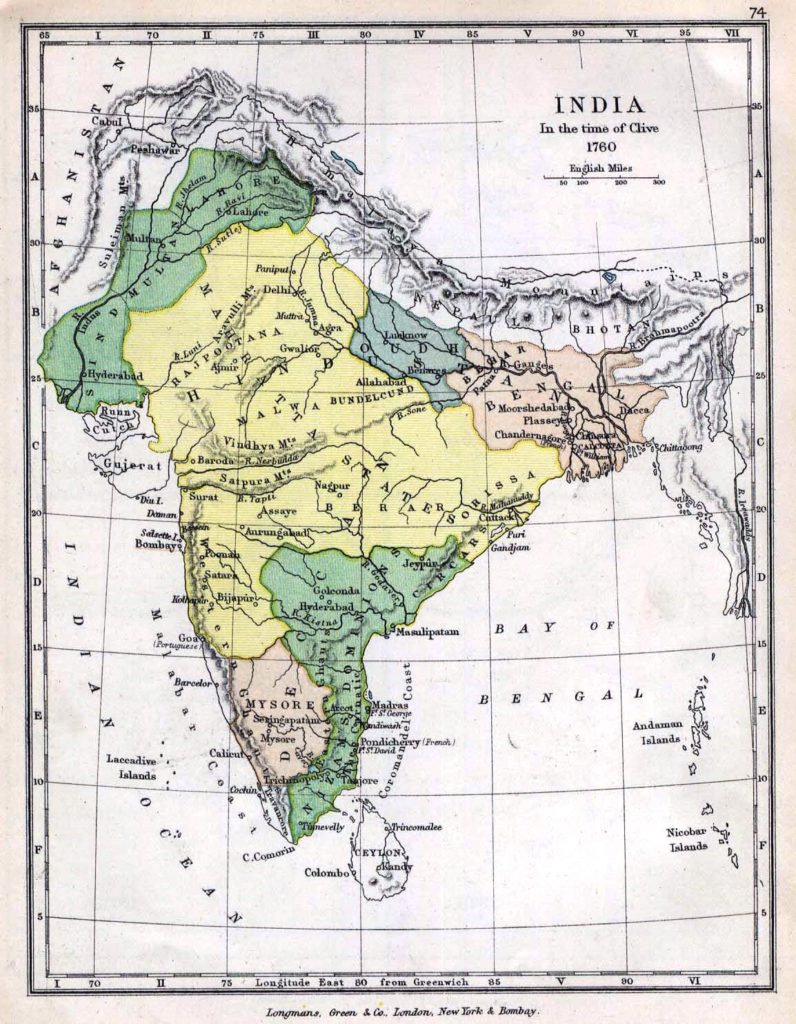This Week in History recalls memorable and decisive events and personalities of the past.
24th December 1737 – The Marathas defeat the combined forces of the Mughal Empire, Rajputs of Jaipur, Nizam of Hyderabad, Nawab of Awadh and Nawab of Bengal in the Battle of Bhopal

During the 16th century much of India came under the rule of the powerful Islamic empire from central Asia, called the Mughals. The Mughals quickly assimilated into Indian culture and developed a hybrid Indian-Persian court culture which also sought to soften the differences between the formerly fiercely Islamic Mughal nobility and the great mass of their subjects, who were Hindu.
Gradually over the course of the next few hundred years the Mughals came to dominate the Indian subcontinent, managing to conquer almost the entire region except for the far southern tip. To manage the massive empire, the Mughals empowered rulers of provinces, often referred to as Nawabs, to administer the empire on the emperor’s behalf.
In the western Deccan plateau region, a warrior group called the Marathas, established an empire in 1674 and began to assert themselves, declaring the region they ruled Hindavi Swarajya (self rule of Hindu people). The Marathas fought off numerous Mughal invasions, exploiting their nimble light cavalry to evade the slow Mughal armies and to attack their supply lines. The long war between the Mughals and Marathas may have claimed up to three million lives, mostly as a result of the devastation of the region, which left the population vulnerable to natural disasters such as drought.
In 1707, the mighty Mughal emperor, Aurangzeb, died and, with his death, the empire began to fracture as provincial rulers asserted their independence.

Into this power vacuum sprang the Marathas, who began to conquer old Mughal territories and vassal states and assert more control across India.
In 1719 the Marathas even marched to the Mughal capital of Delhi and deposed the Mughal emperor, placing their own puppet on the throne.
The conflicts between the Marathas and the Mughals as well as their nominally independent Nawabs continued. In March 1737 the Marathas again launched an attack on the Mughal capital; the Battle of Delhi saw a Maratha force of around 55 000 defeat a much bigger Mughal force of 150 000.
The Mughals, desperate for help, asked all of their regional governors –the Rajput warriors of Jaipur, the Prince of Hyderabad and the Nawabs of Awadh and Bengal – to send reinforcements to stop the Marathas.
On 24 December 1737 at a place called Bhopal, a Maratha army of 80 000 faced off against a force of 70 000 Mughals, which included 120 cannons drawn by Mughal war elephants. The massive battle that followed saw the Mughal army smashed to pieces; the Mughals were forced to sue for peace, ceding a large region of central India to the Marathas.

The Marathas would continue to capture more of India until the battle of Battle of Panipat in 1761 (which you can learn more about here https://www.youtube.com/watch?v=svbQq3oype4). Eventually the Maratha Empire would be destroyed by the British East India Company in the early 19th century.
If you like what you have just read, support the Daily Friend

